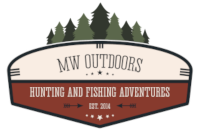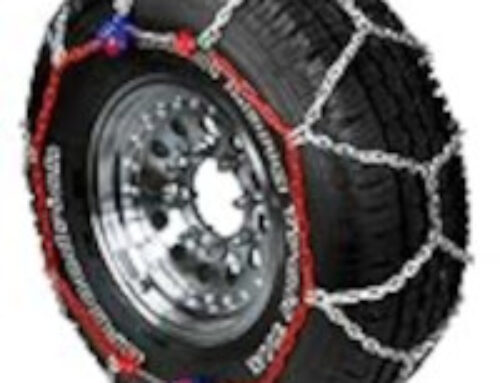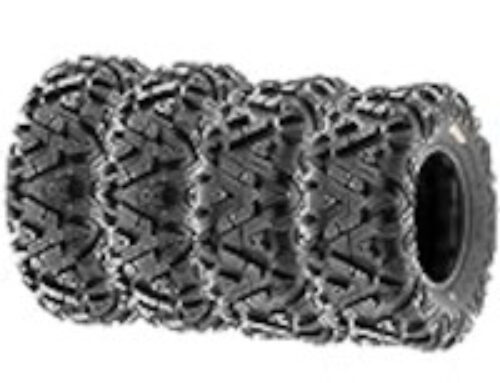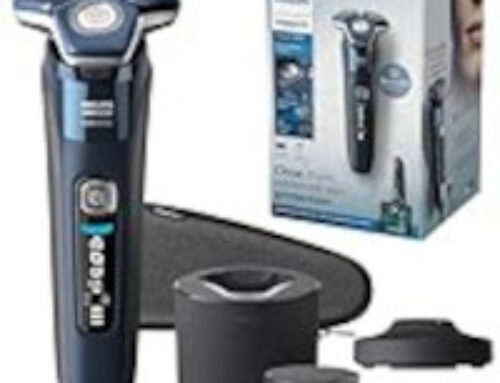No two mornings are the same during the archery season and this was just another one for the books. On this cool and quiet morning our first buck came through just as the dawn broke over the horizon. Shortly after I caught five more bucks all traveling together. You would think after 45 years of Archery Hunting I would have had enough, but why give up the best hunt there is, the Whitetail Deer!
Understanding The Deer’s Territory
So how does one find the best place for a deer stand, one that will help improve the odds of seeing multiple bucks and tagging a nice one? First we need to find the corridors, were the bucks are traveling through. Then we need to plan our approach to the stand so we do not push the deer out; limiting our noise & scent. Below we will focus on where to place our stands in order to increase the odds for see multiple bucks.
Hunting The Early Archery Season
In the Midwest the Archery Deer Season comes in three weeks to early for me. Why, because it’s still very warm out and the Gnats, Mosquitoes, and Ticks are still active. So I like to wait three weeks before I start hunting, allowing the colder temperatures to take care of those pests.
Setting Our Deer Stands
To start our search for the best stand location we need to search out the food and water sources along with the bedding areas. This will give us a good understanding of where the travel corridors should be. Once you have these areas located set up your stand on the path to the food or water source, but don’t hesitate to move your stand around, as you will want to narrow in on the most active areas.
Changing your strategy – Focusing On Rub Lines
Once the velvet on the buck’s antlers has started to loosen up they will create Rubs on trees. This rubbing action not only helps in removing the velvet, but it marks the Deer’s territory and the path its traveling. In many cases these marking are in a line, which we call the Rub-Line. Find these and adjust your stand so you’re within 20 yards of one or more of these rub-lines.
Another thing to take into consideration are the crops. Early in the Archery Season the beans and hay are the first food sources the deer will feed on. Once the acorns start dropping find an Oak Tree, preferably one that overhangs the beans or corn. Once the beans are done the deer will move to the corn for a food source, but still stay focused on the acorns as they are in high demand. Again don’t get into the mode where once the deer stand is up it’s good for the entire season. I move my stands multiple times even within the same area depending on where the largest bucks are working.
Changing your strategy – Focusing On Scrape Lines
It’s time to change your strategy again! Once the bucks have started to make their scrapes you need to adjust your stands to focus on these territorial & breeding markings over the Rub-Lines. So get moving those stands again and adjust accordingly.
Hunting The Rut
Soon after the scrapes are being made the Pre-Rut & Rut come in. This I consider the early-late season and a good time to catch that mature buck off guard.
Starting in the Pre-Rut the bucks will begin to fight for territory and chase a few Doe. So the best areas I have found are the river bottoms and upper ridges. But really they could be chasing does anywhere.. So what do we do? Time to change our strategy again and get the rattle and grunt call out. If you have never tried these you are missing out. I have brought in more deer using these devices then I have hunting the Rub & Scrap Lines. You will see bucks that you have not caught on your game trail cameras or seen all season. So stay focused on the Scrap-Lines and start working the rattle & grunt.
Hunting the Rub Lines Video
In this video we are hunting the Rub-Lines since it’s early in the archery season. This is also why you can catch multiple bucks together. Soon though they will start those scrapes and their fighting for territorial dominates.




